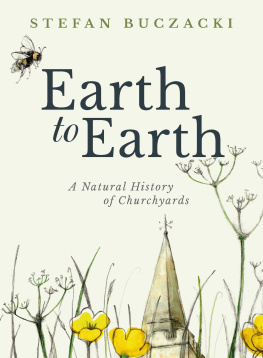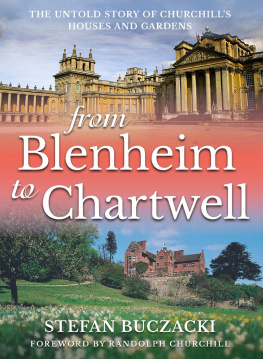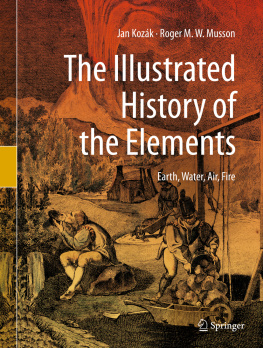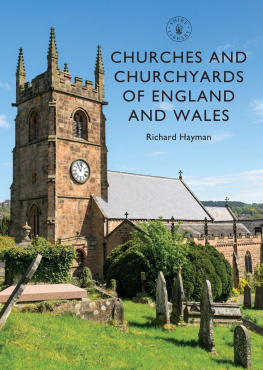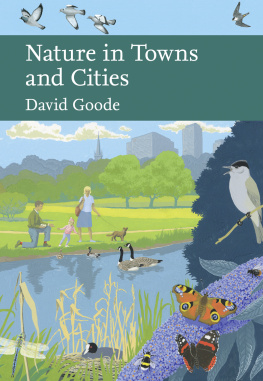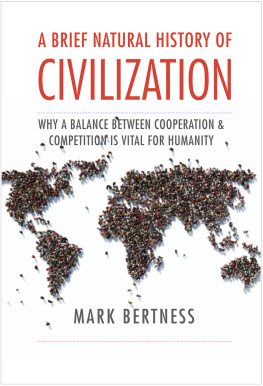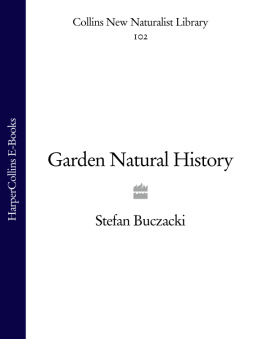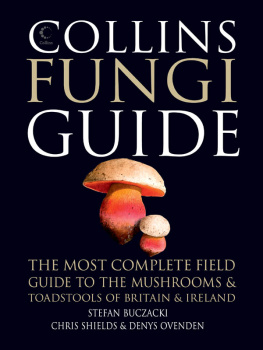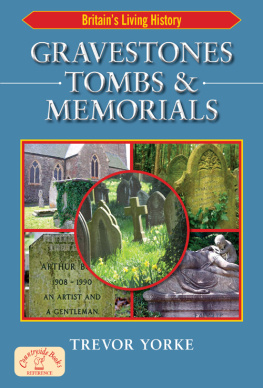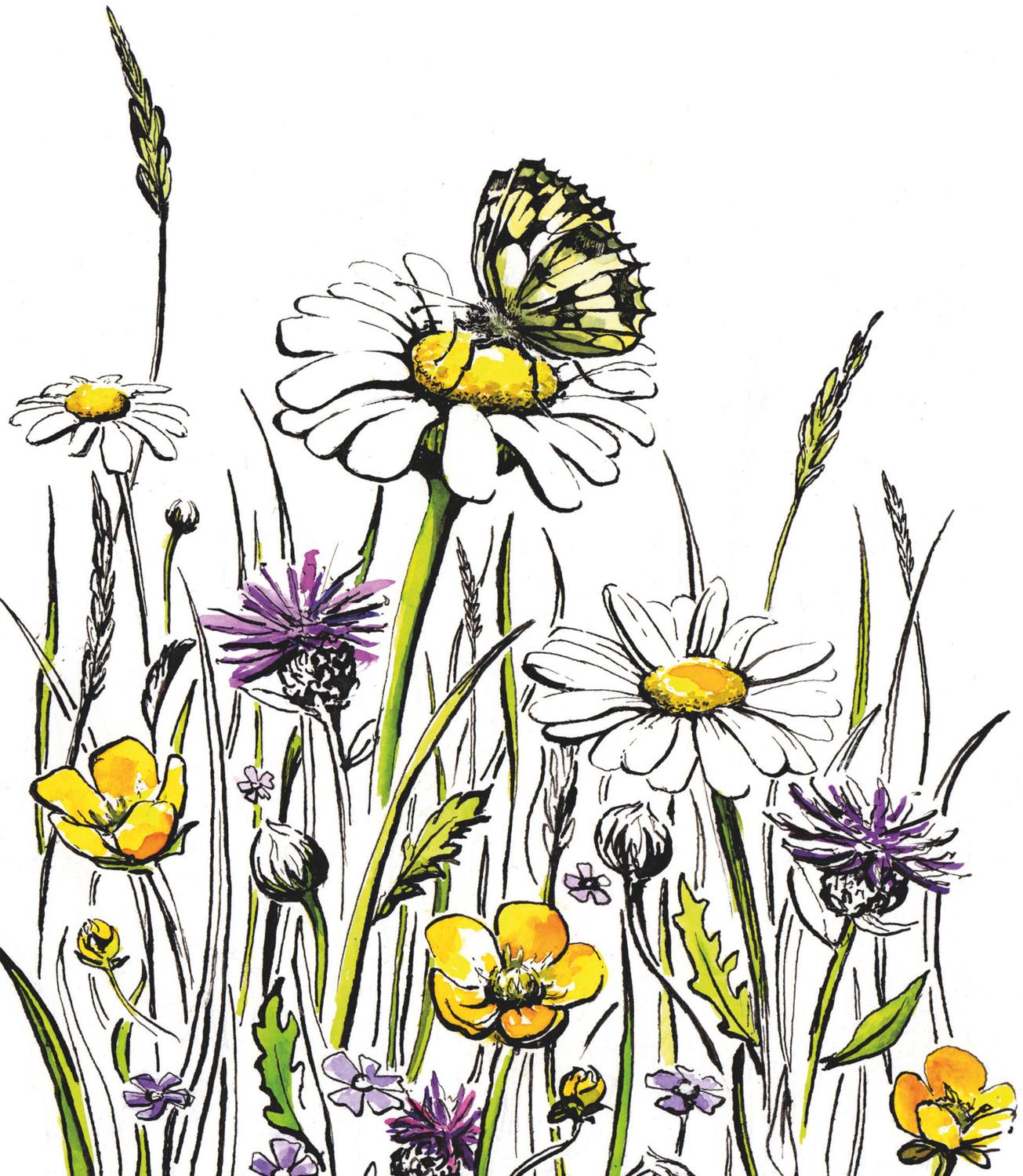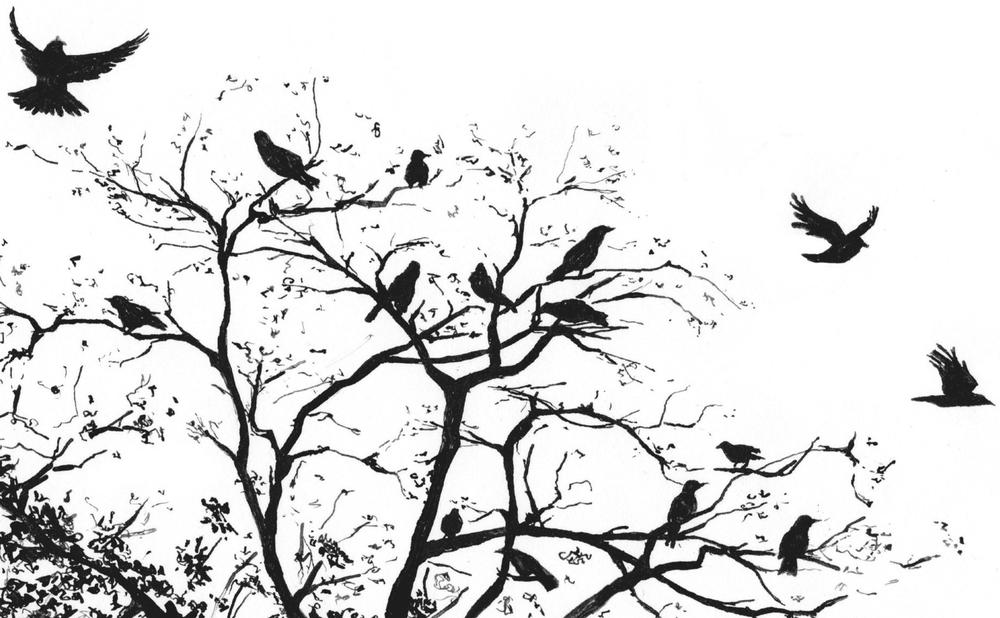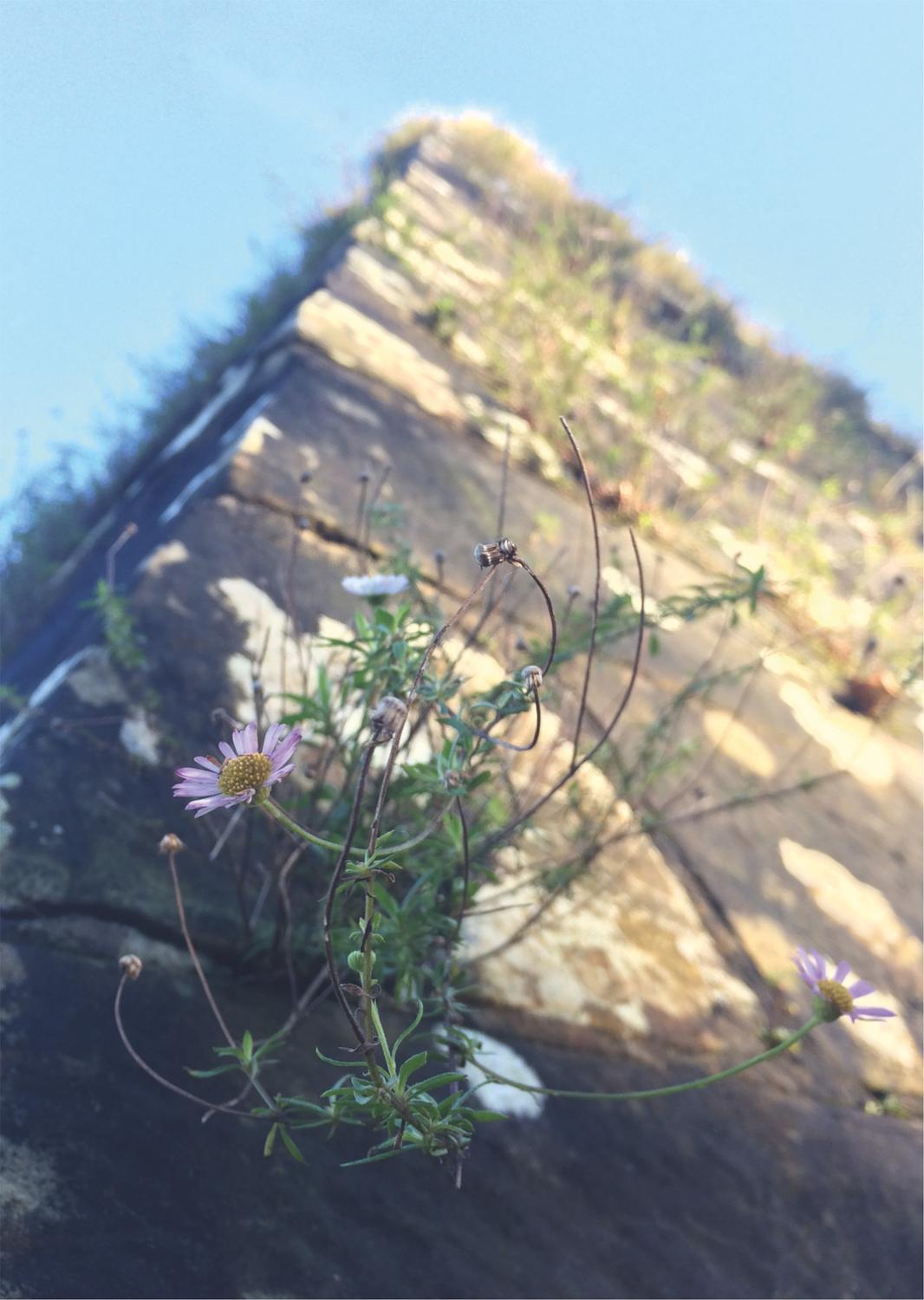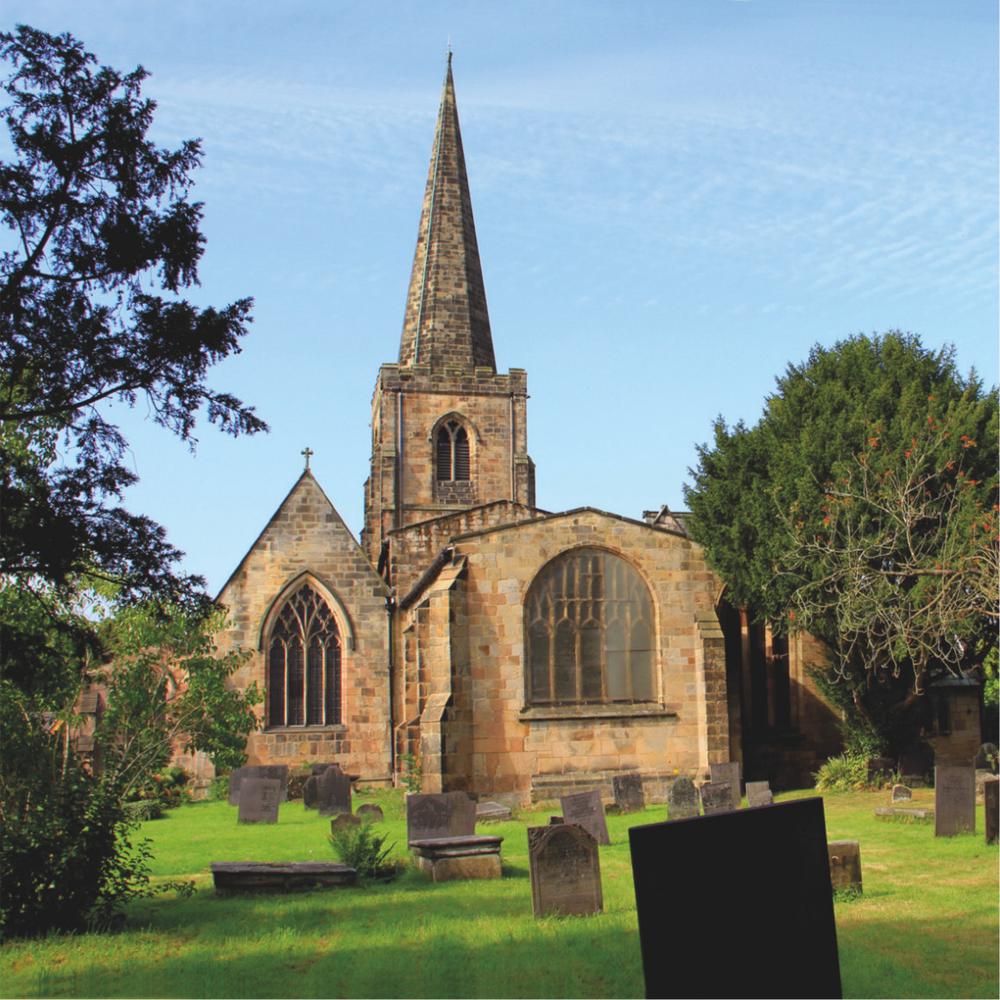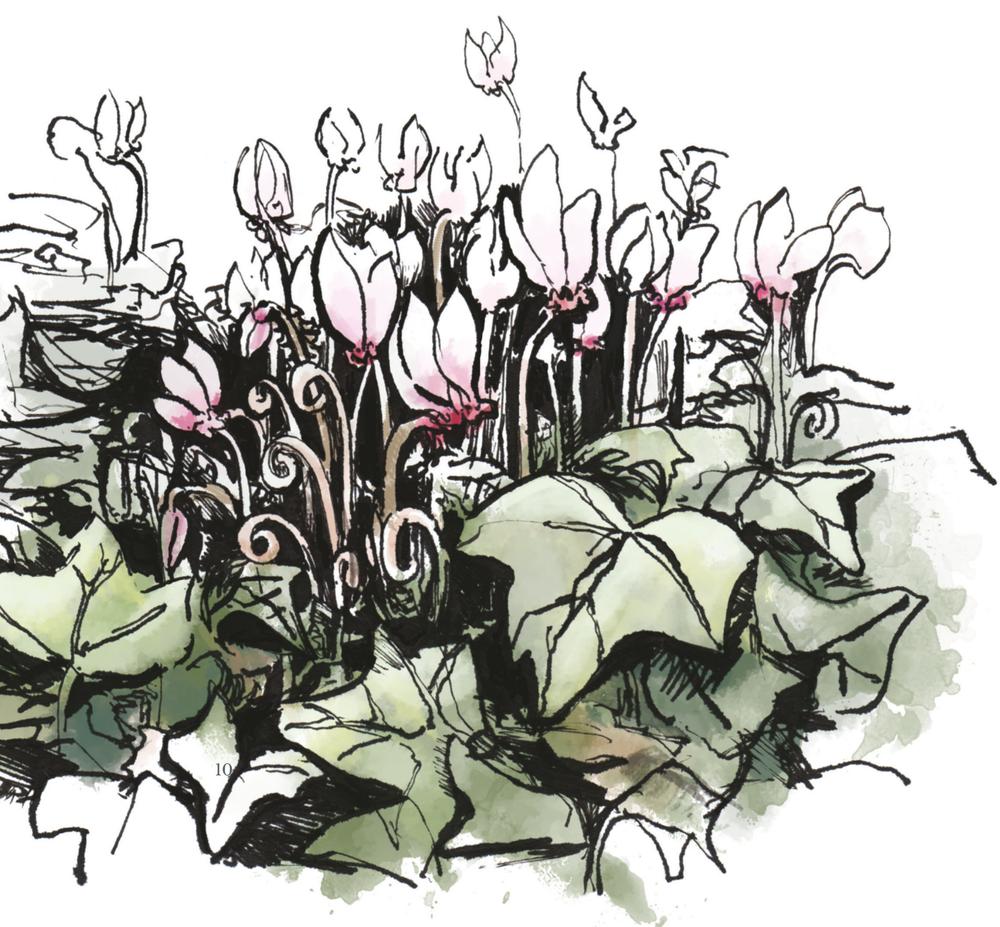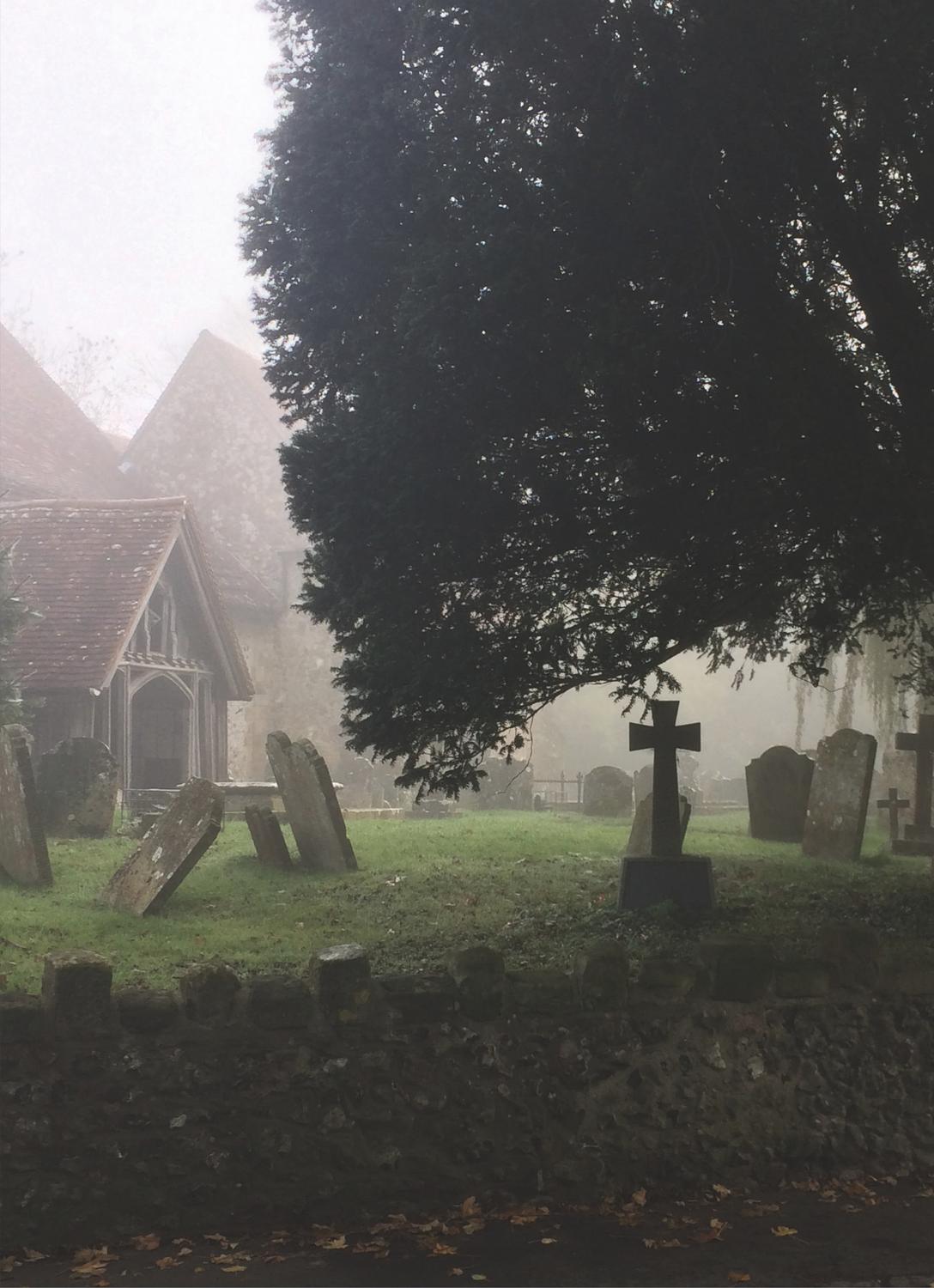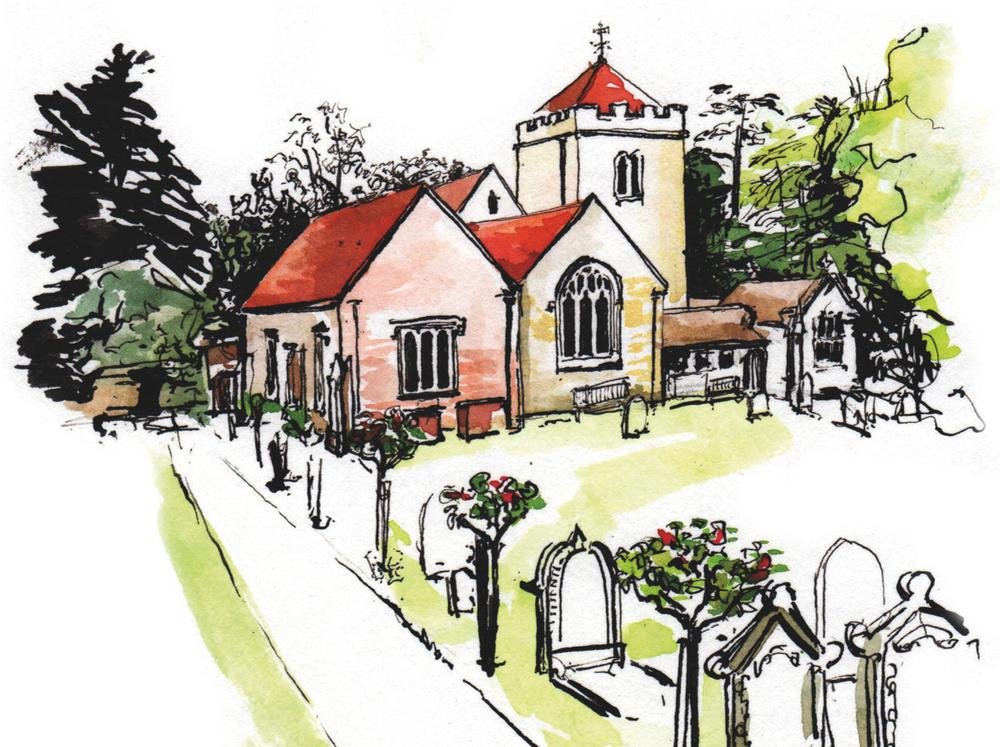Stefan Buczacki - Earth to Earth: A Natural History of Churchyards
Here you can read online Stefan Buczacki - Earth to Earth: A Natural History of Churchyards full text of the book (entire story) in english for free. Download pdf and epub, get meaning, cover and reviews about this ebook. year: 2018, publisher: Unicorn Publishing Group, genre: History. Description of the work, (preface) as well as reviews are available. Best literature library LitArk.com created for fans of good reading and offers a wide selection of genres:
Romance novel
Science fiction
Adventure
Detective
Science
History
Home and family
Prose
Art
Politics
Computer
Non-fiction
Religion
Business
Children
Humor
Choose a favorite category and find really read worthwhile books. Enjoy immersion in the world of imagination, feel the emotions of the characters or learn something new for yourself, make an fascinating discovery.
- Book:Earth to Earth: A Natural History of Churchyards
- Author:
- Publisher:Unicorn Publishing Group
- Genre:
- Year:2018
- Rating:3 / 5
- Favourites:Add to favourites
- Your mark:
Earth to Earth: A Natural History of Churchyards: summary, description and annotation
We offer to read an annotation, description, summary or preface (depends on what the author of the book "Earth to Earth: A Natural History of Churchyards" wrote himself). If you haven't found the necessary information about the book — write in the comments, we will try to find it.
InEarth to Earth: A Natural History of Churchyards, leading horticulturalist expert Stefan Buczacki reveals the many wild animals and plants that thrive among the headstones, from the graveyard beetle to the mighty yew. He also explores the history of churchyards and the landscape, and he explains what can be done to conserve them for future generations. Accompanied by specially commissioned illustrations and selected quotations, this beautiful gift book reveals the wonderful natural secrets that can be found in Gods Acre.
Stefan Buczacki: author's other books
Who wrote Earth to Earth: A Natural History of Churchyards? Find out the surname, the name of the author of the book and a list of all author's works by series.

